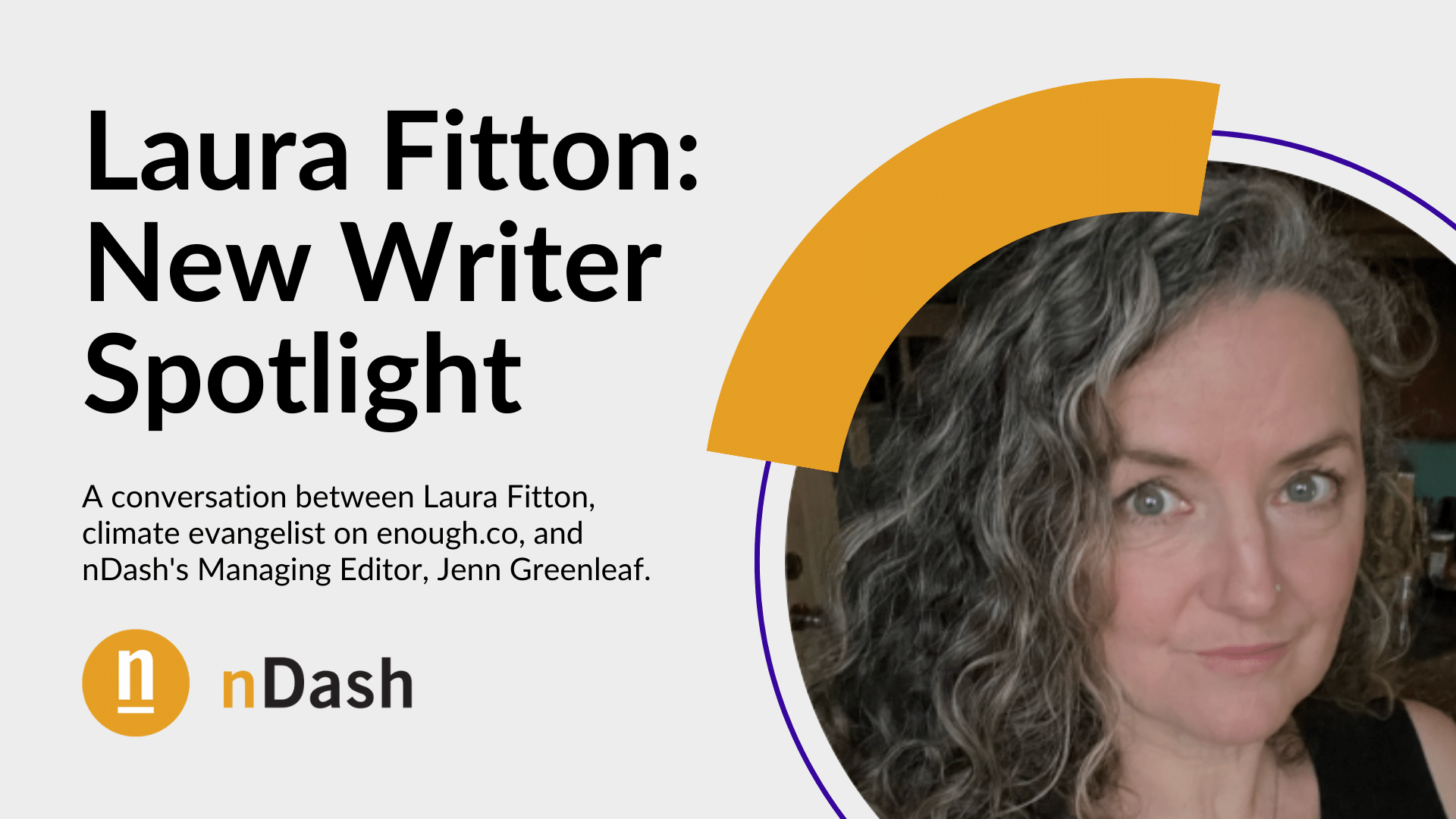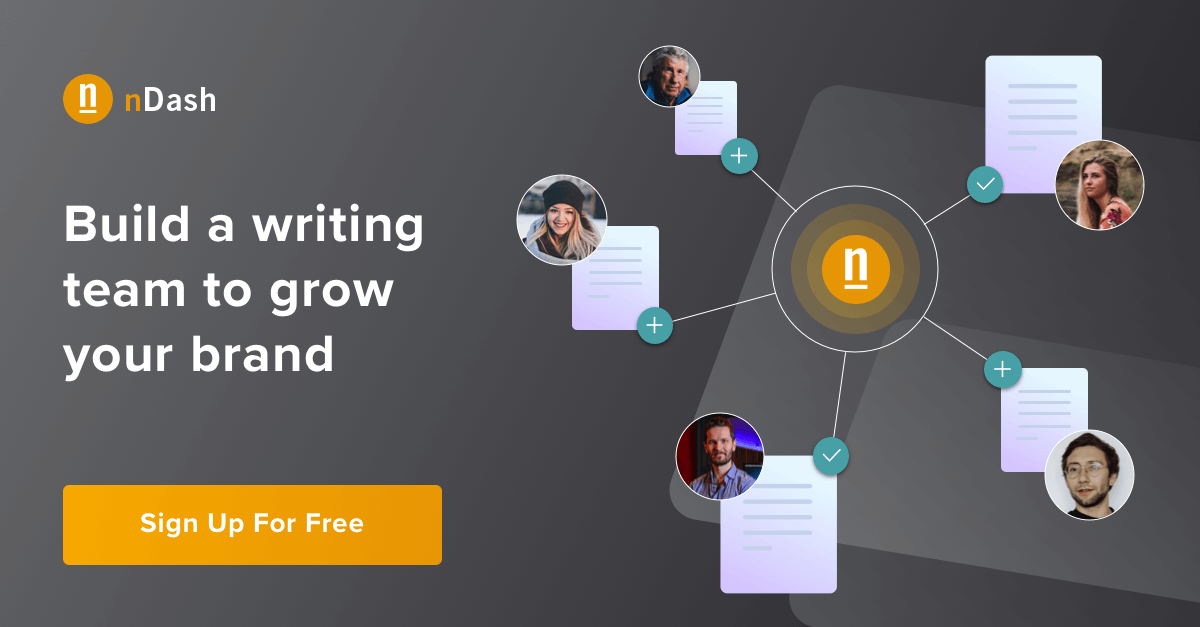nDash’s Managing Editor, Jenn Greenleaf, talks all things content with founder and climate economy evangelist Laura Fitton.
Background: The Highlights
As one of the first to discover Twitter’s value for marketers and agencies, Laura Fitton founded a consultancy firm, Pistachio, in 2008 and a Twitter app store, oneforty.com, in 2009.
During that same timeframe, the first edition of Twitter for Dummies was released, which she co-wrote with Michael Gruen and Leslie Poston. (It’s currently in its third edition.)
Starting in August 2011, Laura served as HubSpot’s Inbound Marketing Evangelist after they acquired her Twitter app store. (More about that in our discussion below!)
That leads us to Laura’s current project, enough.co, which she founded in 2019. Here’s a snippet from her LinkedIn profile speaking directly to what she aims to do with this business:
“Think it costs too much to solve the climate crisis? It’ll cost the whole economy much more to keep not solving it. Grow your business and your money by helping solve the problem and avoid major capital losses by avoiding climate risk.”
Adding the Title Freelance Writer to Her Repertoire

In addition to her extensive background as an Inbound Evangelist, Laura’s freelance writing background is also extensive. For example, she was a frequent contributor to HubSpot’s blog.
Today, you can find her covering a broad range of topics on enough.co’s climate economy blog. Topics include:
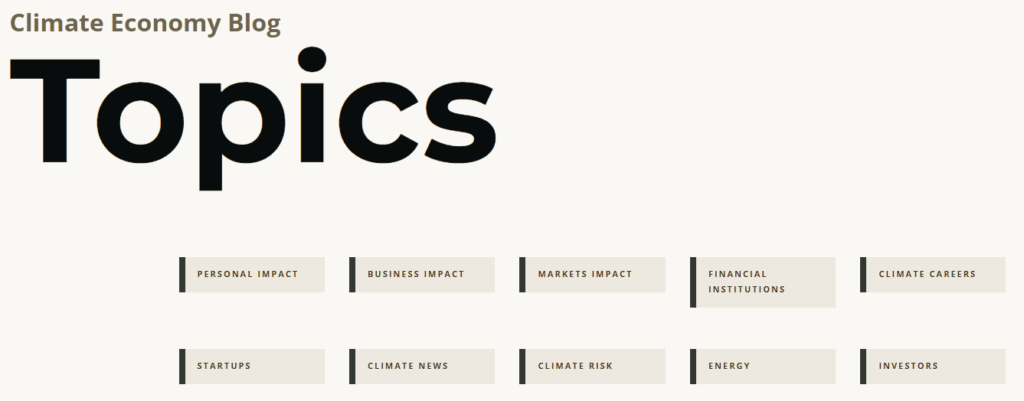
nDash’s Discussion with Freelance Writer: Laura Fitton
As a technology and business expert, Laura Fitton is an author, strategist, and content creator. We’re diving into everything from her early years on Twitter to her current passion – climate – on enough.co.
Jenn Greenleaf: Can you tell me a little about your role when you worked at HubSpot?
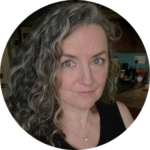
Laura: I had a pretty unique role at HubSpot. I started as an Inbound Marketing Evangelist, which shifted to Inbound Evangelist when they entered many other markets.
I was there for about eight years after they acquired my startup oneforty.com.
oneforty.com was originally Twitter’s “Missing AppStore.” When Twitter pivoted against its ecosystem, that business model didn’t make sense. So we reframed it as a kind of dashboard for the Social Media Manager. We supported content marketing managers with tools and prompts to smooth out their workflows and get all their tasks done.
Following the acquisition, HubSpot turned me loose and said, “What do you think you should be working on here?” During this intrapreneurial role, I helped the company restart its PR function, I did a lot of speaking, and I built a program to help the company manage all the inbound requests for speakers.
It took a couple of years to convince them to build an influencer relations program. But once I finally got the green light, I did that. I also built the INBOUND speaker program and created/managed the Bold Talks stage for five years.
Jenn: How did Twitter for Dummies come about?
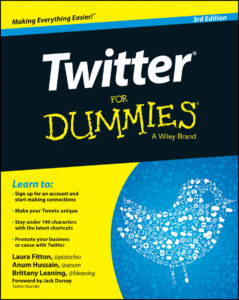
Laura: I had a blog called Great Presentations Mean Business in 2007. Because I was this new to Boston homebound mom of two kids under two, I had no network here. I wanted to get new clients for my business consulting on speaking and presentation skills.
So I’m writing this blog, looking at Twitter, and writing about how dumb the site is. Then via Twitter, this onslaught of opportunity pours into my life over the next three to six months. That threw me into very early Twitter, immersing me in it.
I discovered a wealth of business leads I could hire, work for, and connect with. I just got excited and wanted to explain to others: “Hey, Twitter’s more than you think!” Eventually, I blogged mostly about Twitter, and I switched to advising businesses and leaders on how to use it.
Twitter for Dummies came to me. I reached out to Wiley about a different Twitter-related book idea and heard, “We need someone for Twitter for Dummies. Could you write that?” It was about a year into my Twitter journey. Right before Lehman Brothers crashed in 2008, I’d been in BusinessWeek and the New York Times Magazine talking about my Twitter experience.
By the time that was getting published, I had oneforty.com up and running. It went live in July when our beta for developers did, but I was in TechStars, busy building my startup, so I held off on promoting it. When oneforty.com launched that fall, I did a book tour to promote both and raised our $2 million Series A. It all dovetailed nicely together.
Jenn: enough.co seems like a completely different company to found compared to your work at HubSpot and founding oneforty.com. What led to that?
Well, it’s a return to my roots. I organized my first environmental march on the State Capitol in high school. I was part of the Student Environmental Action Coalition and one of the very few high schoolers in it. During college, I served on their National Council.
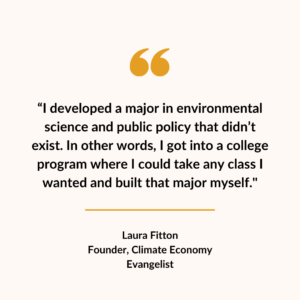
I developed a major in environmental science and public policy that didn’t exist. I got into the College Scholar program, so I could combine any class I wanted to build that major myself. Luck is my superpower – I got to take an environmental science writing class with Carl Sagan. So, when Greta Thunberg looked at us all in September 2019 and said, “For more than 30 years, the science has been crystal clear. How dare you continue to look away and come here saying that you’re doing enough when the politics and solutions needed are still nowhere in sight.” I’m like, literally right! You mean me personally. I have a paper in my home office that I wrote for Carl Sagan about the climate in 1991.
This is really catching up for lost time.
My approach in high school was activism, and in college was more policy (and research). Those are essential, and they have scored amazing wins for the world, but they’re not fast enough.
My turn through the tech startup ecosystem taught me all those good and bad things about markets; one thing they absolutely do is scale things quickly. We just have so much speed and scale, which is literally the John Doerr book on the topic right now. I became fascinated with how to attach market forces to climate in a positive way.
But as the pandemic hit, my speaking gigs were canceled, and I got sick right away. I had long COVID and couldn’t work more than two to three hours a day from March 2020 until May 2022. Figuring out enough.co’s business model was just not something I had the energy to do. So I kept social media posting and talking to people, and networking virtually. It’s only been since May that I’m full-time, on my game, and able to do things again.
Jenn: I noticed you posting videos to your LinkedIn and Twitter feeds, allowing followers to hear your authentic voice and messaging. Can you talk to me a little bit about that?
Laura: That’s one of the reasons I did this kind of advent calendar project – Gifts to the Future. I haven’t done video and speaking for so long, which was a huge part of my work. And I couldn’t speak well during long COVID because I couldn’t breathe well.
So I set this goal for myself: just a post and a video every day. An upbeat, holiday-tailored thing you could do for the future. It’s climate, but it’s not branded climate – it’s accessible to everyone. My friend Mike Troiano helped me develop that “gifts to the future” brand strategy.
Every video is a concrete example of what I mean when I say “climate economy.” It helped. I heard back from those closest to me, “Oh, that’s what enough.co is about.” It’s all of us. How we earn, spend, save (what bank or insurance companies we use), and if we’re lucky, invest our money finances the climate crisis. Here’s an example:
Jenn: You mention that it takes hours to create and manage these things. I am curious – when you were frequently on Twitter before you got sick, have you noticed a change in how engagement works since then?
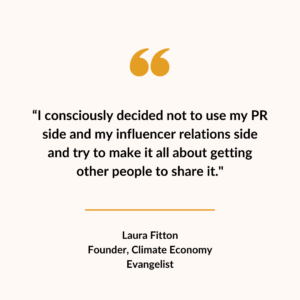
Absolutely different – I would go viral all the time in the early years. I’d have tweets blow up and get tons of engagement. Now, I have much lower engagement. I think there are a couple of reasons for that. It’s an old account. There were times I didn’t tweet for years. The numbers say I have about 120,000 followers, but we both know that if you built a huge following in 2007-2008, many of those people aren’t even there anymore.
Maybe Twitter sees an account with a ton of ghosts and goes “low quality?” It is a little weird literally nothing has gone viral for me in the last four or five years. Maybe I resonated better with the early audience than when the audience is there now. Back then, you throw enough shit at the wall; something sticks. Now? Nothing.
But, I’ve never done social for the engagement. I’m very weirdly idealistic, “this needs to be said.” I’ll design things that I hope will catch on and propagate. But the whole Gifts to the Future campaign? I consciously decided not to use my PR and influencer relations side, to not try to make it all about getting other people to share. I just put my head down and made content for a month every day. I didn’t do this for eyeballs, traffic, or a revenue goal. I just needed to tell a story, work on something, and build a body of work to reuse later.
Jenn: Have you noticed an increase in your following since you started this plan?
Laura: I haven’t looked. I’m not trying to find new followers with this; I’m trying to get back in front of the network I already have. I haven’t done anything or talked to anyone for so long, but I have a big network. I think it’s around 4,000 on LinkedIn and approximately 4,000 on that one Facebook page. It’s much smaller on the enough.co branded stuff because I’ve just never done that much with them. I am finally writing again, but I’m really focused on people I already know. That’s where I’m going to get the most traction in terms of opening eyes on the climate economy and finding the work I need to be able to keep telling these stories.
Jenn: Early on, were you the type that would seek out followers, or did they find you organically?
Laura: Never. Frankly, I was confused.
I would log into Twitter like, “Why are you guys following me? What do you want? Hi. I’m just a single mom with these cute babies.” I was live streaming from a mobile phone years before that was widely done. During the second wave, when people were like, “Oh, you can stream from your iPhone,” I was amused – some of us were doing this from 2008 to 2010.
I was never trying to do anything with Twitter. I was having so much fun there. That, for whatever reason, caught on, and it was surreal. But no, I was never trying to build. Many people want to measure social by how fast the account grows. I challenged that – I didn’t care how many people followed the account; I cared who followed the account. That was something I tried to drive into business leaders’ heads. Be empathetic. Listen first. Treat the followers you do have really, really well. Then, they’ll talk to you, and people who follow them will follow you. At its core, it’s always more about community building.
Thank you for talking about “the biz” with us, Laura!
Work With Laura Fitton Today on nDash!
Do you have a project that aligns with Laura’s expertise? Check out her writer profile to learn how her work can take your content strategy to the next level: Laura Fitton.
